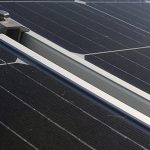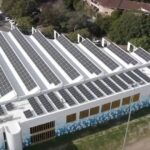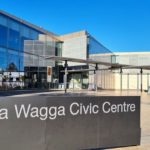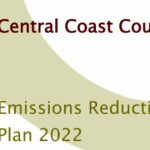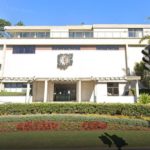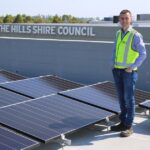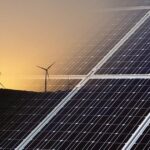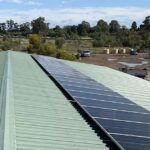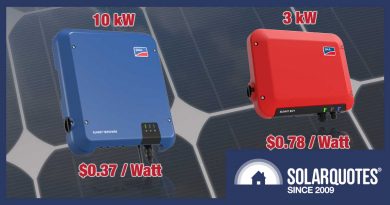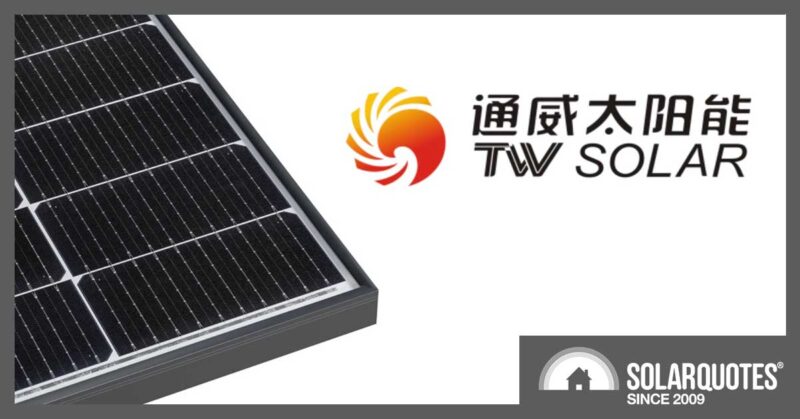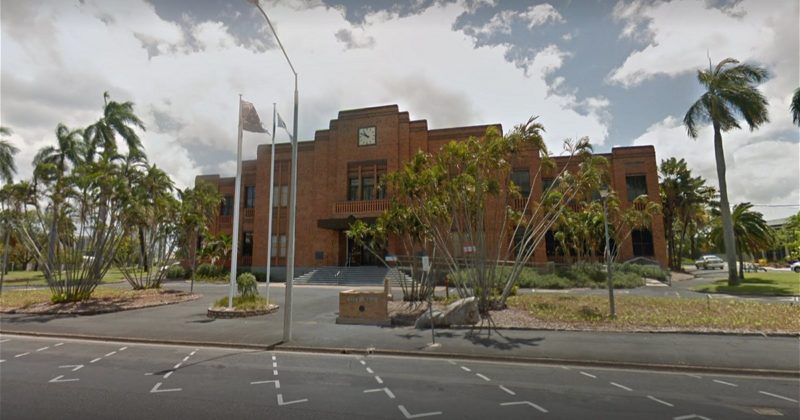Ku-ring-gai Moving Forward On Community Net Zero Emissions
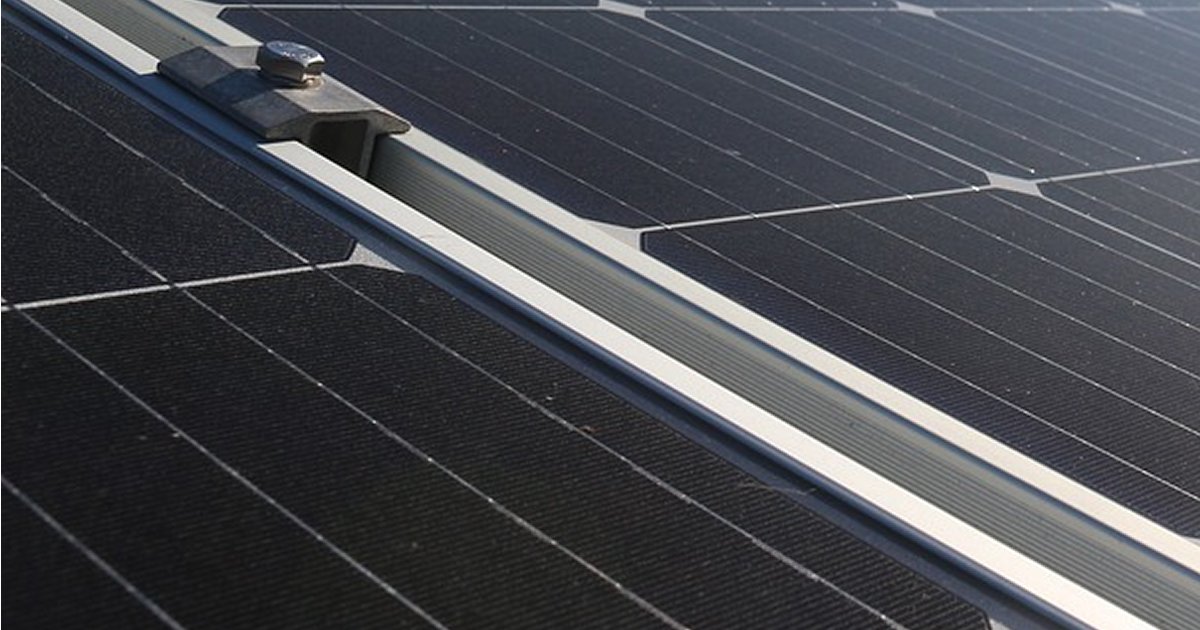
Sydney’s Ku-ring-gai Council has a plan to transition to net zero emissions by 2040 for its own operations. Now it’s looking towards encouraging the entire community to do the same.
Ku-ring-gai Council is a local government area in Northern Sydney, home to more than 127,000 residents living in suburbs including Turramurra, Pymble and Lindfield. It’s also within the electorate of NSW Energy and Environment Minister Matt Kean, who is the Member for Hornsby.
Last year, Council approved an Action Plan providing the steps it will take to achieve net zero emissions and support the community in doing the same.
For its own operations, Council will:
- Achieve net zero emissions by 2040 or earlier and a 50% reduction by 2030.
- Achieve 100% renewable energy by 2030 at the latest and by 2025 if possible.
- Achieve a 100% reduction in fleet emissions by 2040.
On the renewables side of things, Council has already made significant progress by installing solar panels at 10 of its sites:
- Bridge Street Administration Building (Pymble) – 20kW
- Suakin Street Depot (Pymble) – 100kW
- Bancroft Art Centre (Roseville) – 12kW
- Thomas Carlyle Childcare Centre (East Lindfield) – 19kW
- North Turramurra Sewerage Treatment Plant – 41kW
- Gordon Library – 52kW
- Turramurra Library – 29kW
- St Ives Library – 25kW
- East Roseville Community centre – 16kW
- Ku-ring-gai Fitness and Aquatic Centre (West Pymble) – 126kW
Added to all that is 30% of Council’s electricity is sourced from Moree Solar Farm in northern New South Wales. Among its other emissions reduction efforts are electric vehicle trials, LED lighting upgrades and solar hot water at ten community sites. Council says that since 2021, it has implemented more than 55 energy efficiency and renewable energy initiatives.
So, Ku-ring-gai Council is walking the talk – last year it had beaten its 2020 emissions reduction target (20% by 2020, relative to 2000 emissions) by September, reducing operational emissions by 24% and annual energy costs by around $200,000.
Getting The Community On Board For Net Zero
With a solid plan in place for its own path to net zero, Ku-ring-gai Council is turning its focus to the broader community.
“Our success in cutting Council’s emissions through energy efficiency and renewable energy has been an important step,” it states. “We now want to work with our residents, schools and businesses to help the whole community reach that goal.”
As a first step, it is surveying residents to determine the motivators for taking action on community emissions and the barriers that may be standing in the way.
One of the actions that would generate winners all round is of course rooftop solar power. According to the Australian PV Institute (APVI), approximately 5,360 systems have been installed in the local government area to date and APVI estimates around 14.6% of dwellings have panels; significantly less than the estimated NSW statewide figure of 25.8%.
There is plenty of rooftop real estate in the local government area that could be put to work as platforms for harvesting solar energy. The action plan notes local renewable energy generation potential for Ku-ring-gai is estimated at:
- 410 MW of standalone residential solar PV generating 528 GWh per year
- 70 MW of multi-residential solar PV generating 95 GWh per year
- 53 MW of commercial solar PV generating 69 GWh per year
Total capacity installed as at the end of last year (APVI estimate) – just 29.5MW.
For many residents, installing solar wouldn’t just be a good way to slash their emissions, but also save a bundle of bucks on their electricity bills. For example, SQ’s solar calculator (using default settings) estimates simple payback on a 6.6kW system installation in Pymble is just 3 years, 8 months.
In addition to the national and still very generous solar rebate (in practice, an up-front discount), Council has previously offered its own rebate of up to $500 for installing solar under its Energy Smart initiative. This was funded by Ku-ring-gai Council’s Environmental Levy that supports around $3 million worth of environmental programs and works each year. But this offer has been temporarily closed for 2020/21 due to limited funds and an overwhelming response. The estimated simple payback period mentioned above doesn’t take into account the Council rebate.
Original Source: https://www.solarquotes.com.au/blog/ku-ring-gai-emissions-mb1959/



